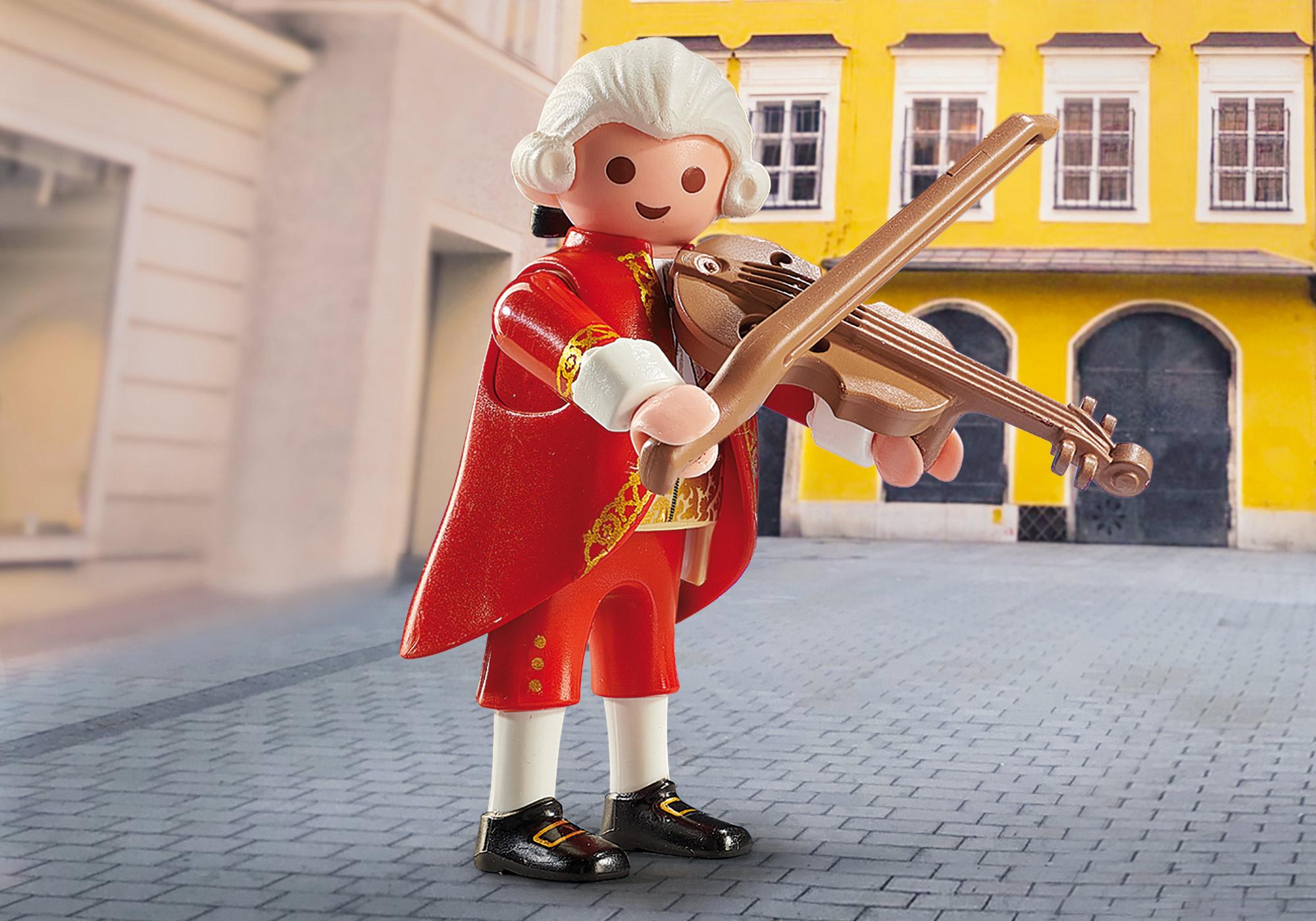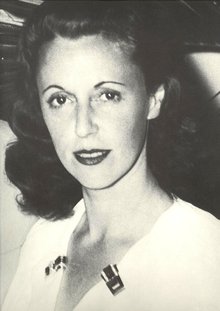Why Did Musicians Need Patrons?
Did you just learn that musicians used to have patrons? I know it seems like a weird thing but it's true. What even crazier is some musicians still have patrons. I was once in a band that had a few wealthy patrons support one of our albums. So I decided to write an article to explain why some musicians have patrons.
Musicians and artists needed patrons to fund their creative endeavors. It takes a lot of time and effort to write music and musicians need money while they are doing that, so they get a patron. Their patron could commission a piece of music that the musician had to write.

The History of Patrons in Music
Throughout history, many famous musicians have had patrons who helped support and promote their work. These patrons, often wealthy individuals or institutions, played a crucial role in the success of the musician and their art.
One of the most well-known examples is Johann Sebastian Bach, who had a number of patrons throughout his career. One of his most important patrons was Prince Leopold of Anhalt-Cöthen, for whom Bach composed many of his greatest works, including the Brandenburg Concertos and the Cello Suites. The Prince's support allowed Bach to focus on his music and create some of the most enduring compositions in the Western classical tradition.

Another famous musician with a patron was Wolfgang Amadeus Mozart. During his lifetime, Mozart received support from a number of patrons, including the Archbishop of Salzburg and the wealthy merchant Franz Anton Mesmer. Mozart's patron, the Archbishop, provided him with a steady income and opportunities to perform in front of important audiences, which helped to establish his reputation as one of the greatest composers of his time. If you are interested in music and learning music, check out our music lessons in Plymouth and Canton.

The composer George Frideric Handel also had a number of patrons, including King George I of England and the Earl of Carnarvon. Handel's patrons provided him with financial support and opportunities to perform his works in front of important audiences, which helped to establish his reputation as one of the greatest composers of his time.

In more recent history, the composer and pianist Franz Liszt had a number of patrons, including the Princess Belgiojoso and the French writer George Sand. These patrons provided Liszt with financial support and opportunities to perform his works in front of important audiences, which helped to establish his reputation as one of the greatest pianists of his time.
In the 20th century, the composer Igor Stravinsky had a patron in the form of the Russian impresario and patron of the arts, Sergei Diaghilev. Diaghilev commissioned several works from Stravinsky, including the groundbreaking ballets "The Firebird," "Petrushka," and "The Rite of Spring." Diaghilev's support and promotion of Stravinsky's work helped establish the composer as one of the most important figures in 20th-century music.
In Jazz, Duke Ellington was supported and financed by the wealthy philanthropist, Steven Mitchell, enabling him to create and record a large number of influential compositions and recordings, including his famous song "Take the A Train"
Modern Patrons

Baroness Kathleen Annie Pannonica de Koenigswarter, also known simply as "Nica," was a British-born jazz patron and socialite who played a significant role in the development of jazz music during the 1950s and 60s. Born into a wealthy banking family, Nica was a well-educated and cultured woman who had a deep love for jazz music.
In the 1950s, Nica became a patron of the jazz scene in New York City, hosting musicians in her luxurious apartment at the Hotel Chelsea and providing financial support to struggling jazz artists. She was particularly known for her support of the bebop movement, and counted some of the most famous jazz musicians of the time among her close friends, including Thelonious Monk, Charlie Parker, and Miles Davis.
Nica's support of jazz was not limited to financial assistance. She also used her connections and influence to promote jazz music and musicians, often hosting jam sessions and parties in her apartment, and even helping to organize concerts and tours. In addition, she helped to establish the Thelonious Monk Institute of Jazz, an organization that provides jazz education and support to young musicians.
Nica's role as a patron of jazz was not without controversy, however. Some criticized her for her privileged background and her status as a wealthy white woman in a primarily African American art form. Despite this, Nica remained deeply committed to jazz and its musicians, and her contributions to the genre were widely recognized and appreciated by those in the jazz community.
Nica's passion for jazz continued throughout her life, and she remained a prominent figure in the jazz world until her death in 1988. Today, she is remembered as a dedicated and influential patron of jazz music, and her contributions to the genre continue to be celebrated.
I hope you have learned a little bit about patrons and why they exist. It's a really fascinating topic and hopefully this article was enlightening. Thank you so much for reading to the end of the article!



